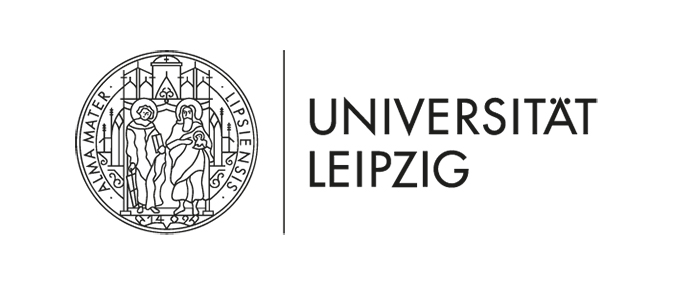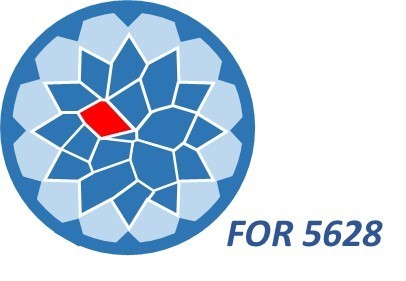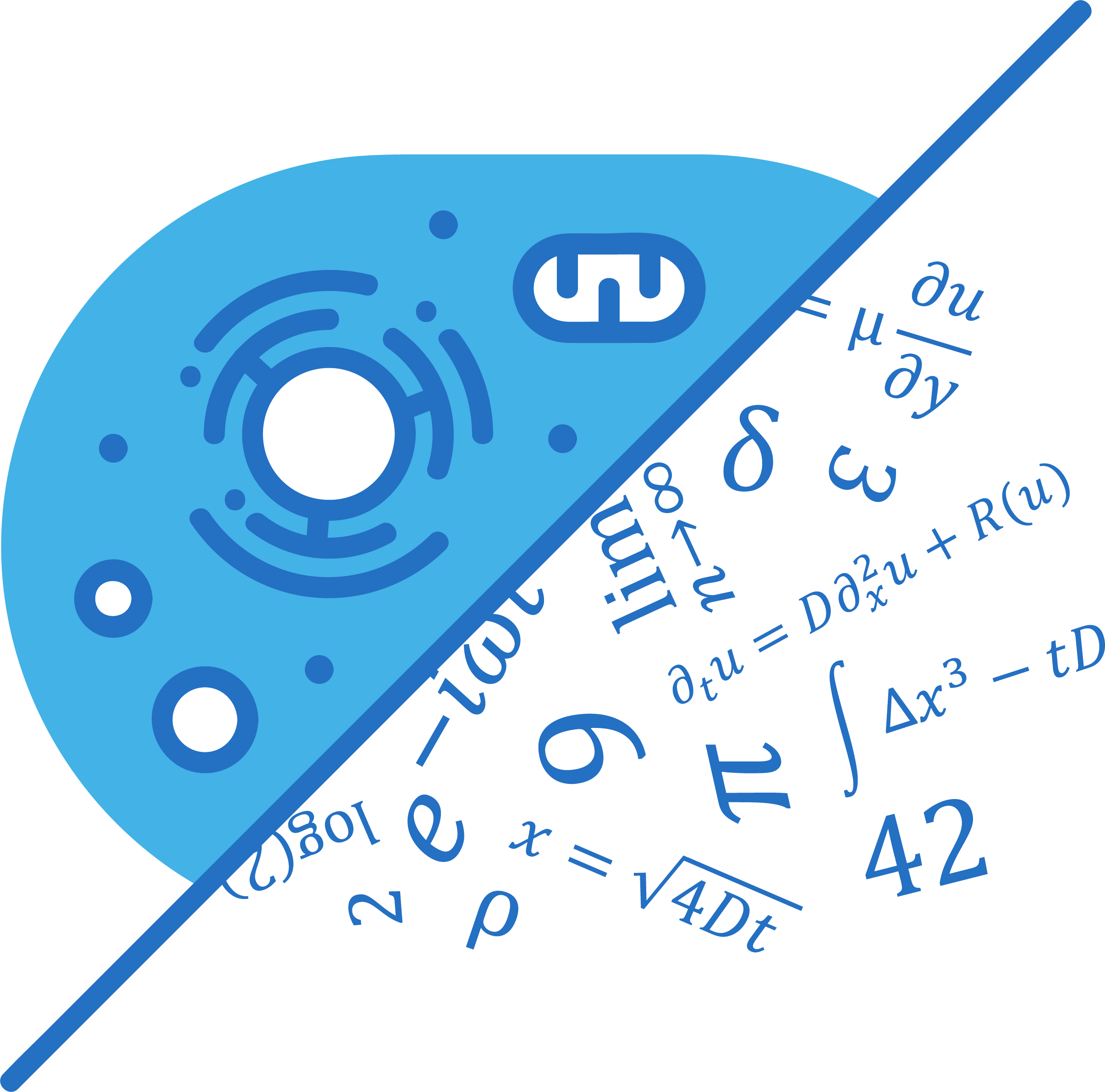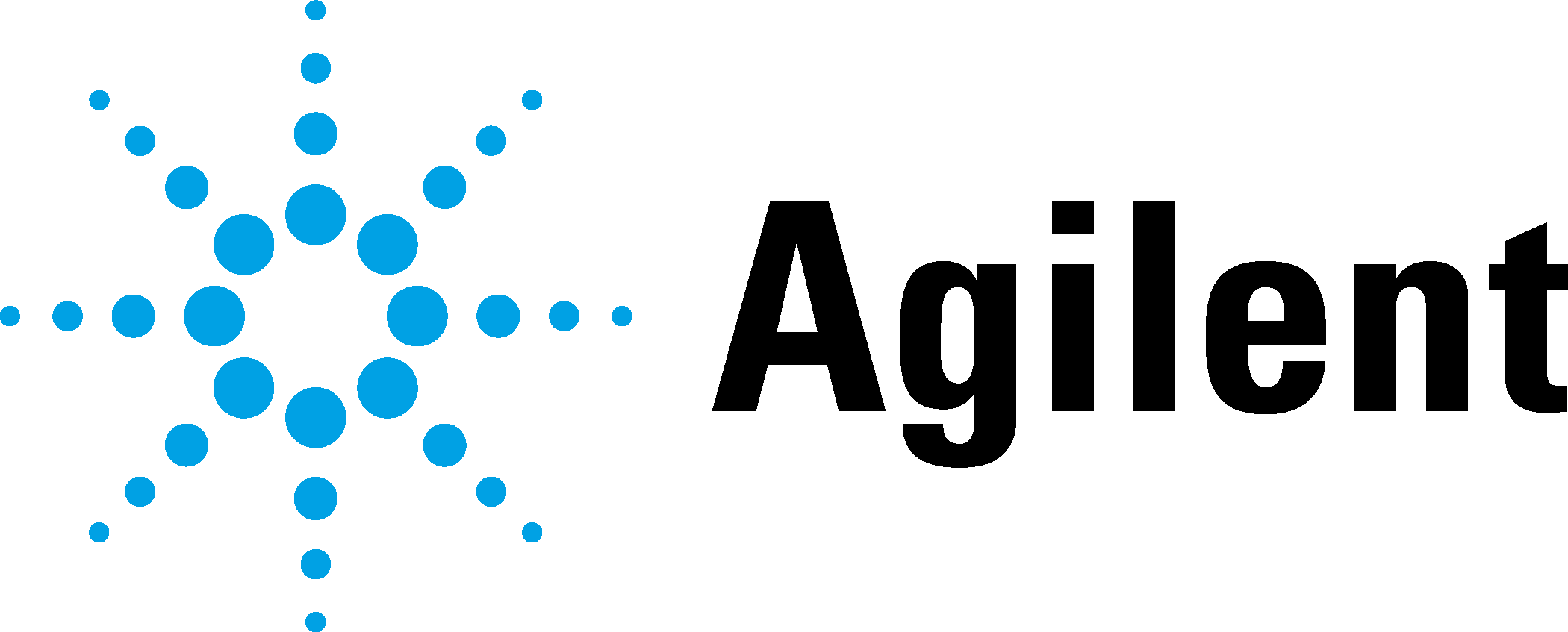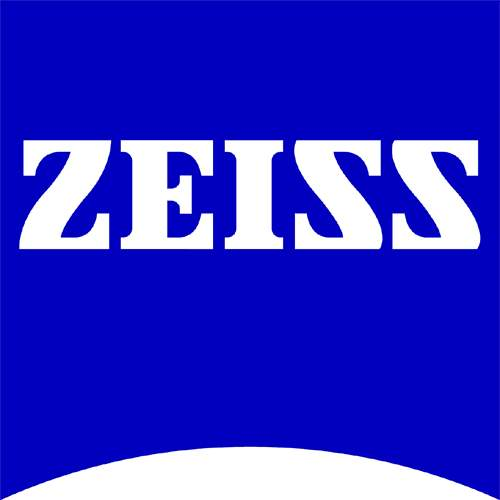|
15th Annual Symposium Physics of Cancer Leipzig, Germany Sept. 30 - Oct. 2, 2024 |
PoC - Physics of Cancer - Annual Symposium | |||||||||||||||
|
|
Contributed Talk
Self-organized collective invasion of cancer organoids into the extracelular matrix by durolysis
Contact:
The growth and invasion of cancer is a very complex process that involves biochemical and mechanical interactions. The main question we want to address regards the physical mechanism of collective invasion, specifically the mechanical actions of breast cancer cells on the surrounding extracellular matrix. To address this question, we have developed a mathematical theory that explains the emergence of invasive phenotype and the collective invasion mechanism as a self-organized pattern formation resulting from mechano-biological instability. This theory is based on the unexpected behavior seen in experimental observations of breast cancer organoids growing and invading a collagen-like gel, driven by fast and mechanosensitive matrix degradation. To test this theory we have developed a mathematical and computational framework that allows us to study the invasion process.
|
